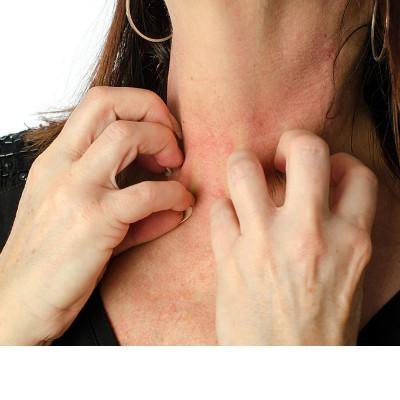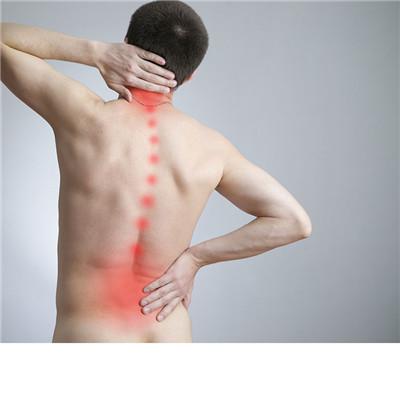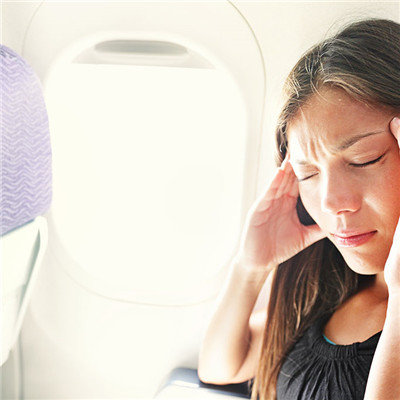What are the symptoms of paralysis?
summary
Paralysis is the reduction or loss of voluntary motor function, which is a common symptom of nervous system. Paralysis is caused by upper and lower motor neurons, pyramidal tract and peripheral neuropathy. Muscle weakness caused by muscle itself will be described separately. What are the symptoms of paralysis? Let's talk about it
What are the symptoms of paralysis?
As the motor cortex and descending pyramidal tract dominate the muscle group, the lesion often leads to paralysis of the whole limb (monoplegia) and hemiplegia of one limb (hemiplegia); Bilateral lesions can cause paraplegia or quadriplegia. The muscle tension of the affected limb was increased, the tendon reflex was hyperreflexive, the superficial reflex was weakened or disappeared, the pathological reflex appeared, there was no muscle atrophy and muscle bundle tremor, but the disuse muscle atrophy could be seen after long-term paralysis. EMG showed normal nerve conduction velocity and no denervation potential.
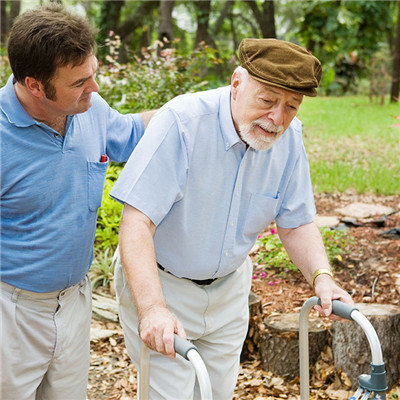
Acute severe lesions such as acute stroke, acute myelitis, due to a sudden interruption of the pyramidal tract, spinal cord shock, muscle stretch reflex inhibition, soft paralysis, tendon reflex decreased or disappeared. After a few days or weeks, the stretch reflex recovered and turned into hypermyotonia and tendon hyperreflexia. The length of shock period depends on the degree of lesion and complications such as infection. Because muscle spindles are more sensitive to stretch reflex than before, especially the muscle tension of upper limb flexor and lower limb extensor is higher. It shows that the initial resistance is large, and then the resistance drops rapidly, showing a folding knife phenomenon
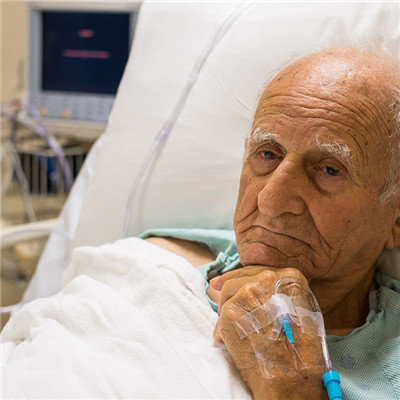
The muscle tension of paralyzed muscle was decreased, tendon reflex was weakened or disappeared (the monosynaptic stretch reflex was interrupted by the injury of lower motor neuron), the muscle atrophy appeared in the early stage (about a few weeks) (the muscular dystrophy of anterior horn cells), the muscle bundle tremor could be seen, and there was no pathological reflex. EMG showed decreased nerve conduction velocity and denervation potential.
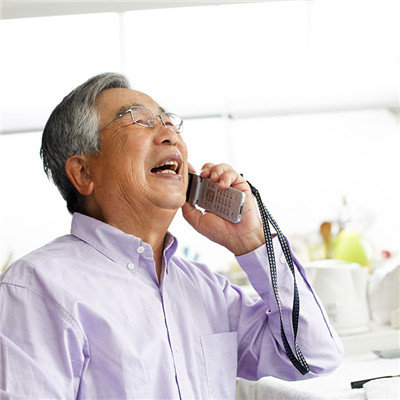
matters needing attention
1. Training of self-care ability and professional ability: when paralysis is improved, patients should actively exercise their daily life skills; Medical staff and family members should give correct guidance and warm help, and encourage patients to complete what they can, such as taking off clothes, washing face, eating, etc. 2. Strengthen the activities of paralyzed limbs: including limb massage, passive activities and sitting up, standing, walking exercise, etc., which can prevent limb contracture and deformity. 3. Maintain the functional position of the limbs: the finger joints of the paralyzed limbs should be extended and slightly flexed, and a sponge can be placed in the hands of the patients; The elbow should be slightly flexed; The shoulder joint of upper limb is slightly abducted to avoid adduction; Extend the hip and knee joint; In order to prevent foot sagging, the ankle should be slightly dorsiflexed; In order to prevent the external rotation of the lower limbs, sandbags or other supports should be placed on the lateral part.


